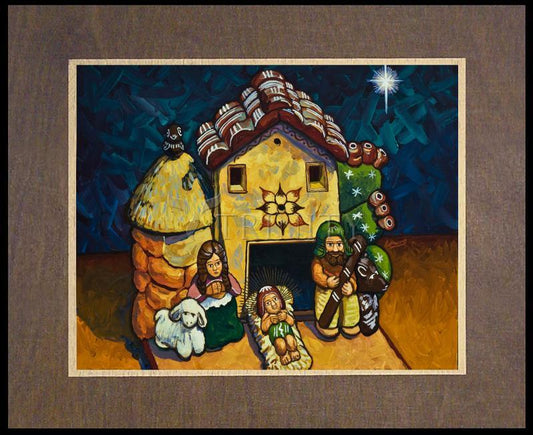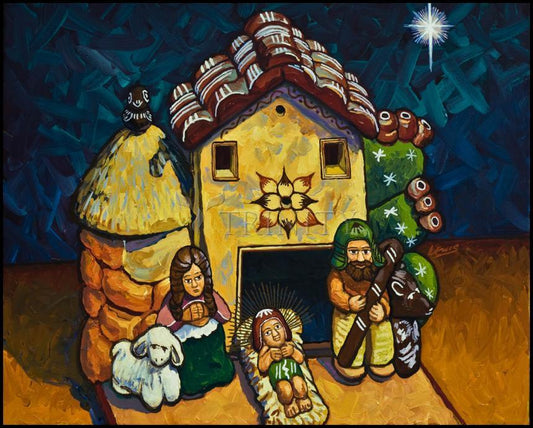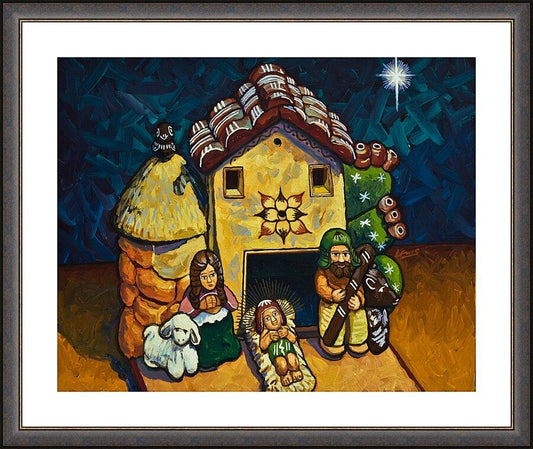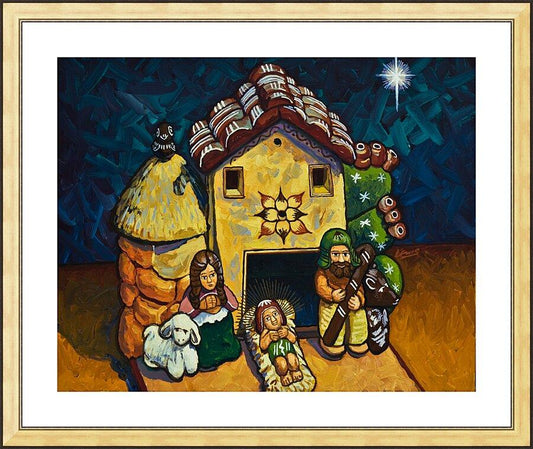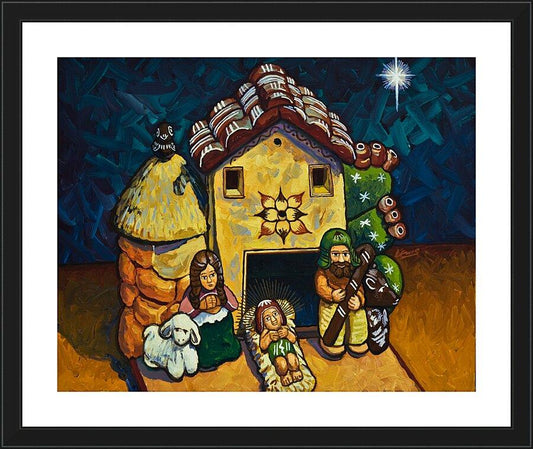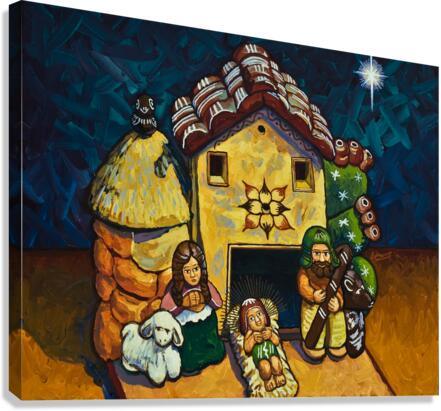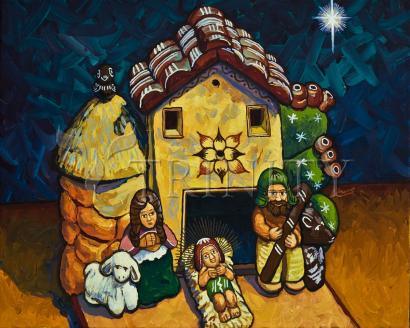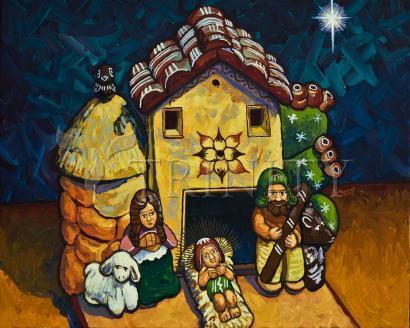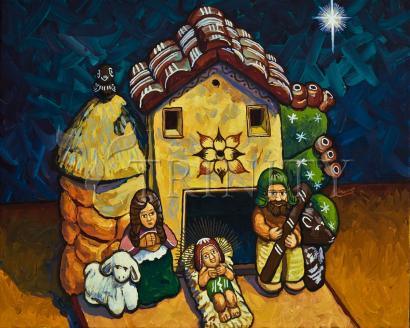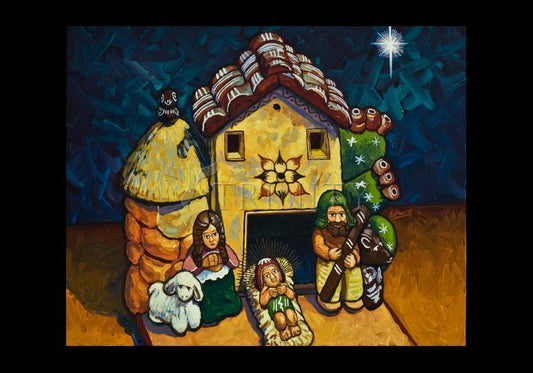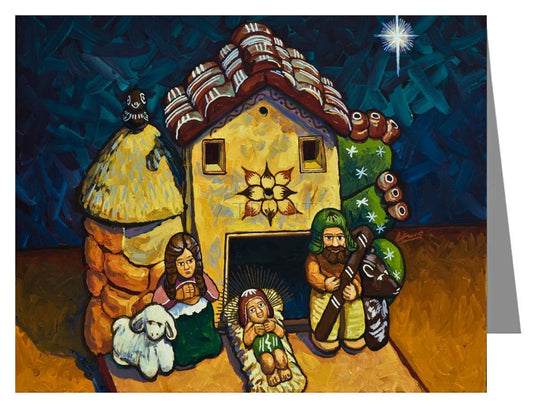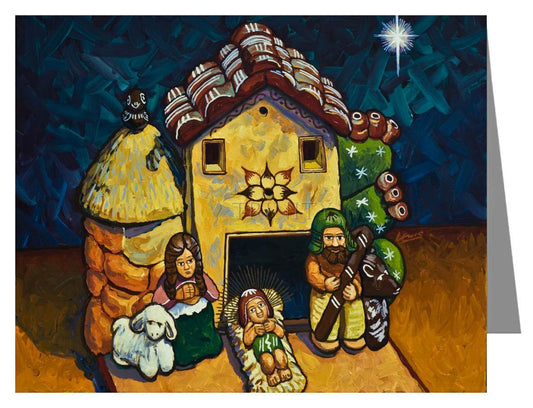Noche Buena ~ Kamari Peruvian Style.
There is nothing more special for us as Peruvians than Christmas, we love it! It's steeped in tradition that's been passed down, added, modified, customized and influenced through generations beginning in 1535, when historians believe to be the year when the first Christmas is said to have been observed in Peru. Most Peruvians are Roman Catholics and many feel strongly about their Christian faith and its holy days. When Christianity was introduced, people identified with the story of Christ being born in a stable, because they were accustomed to a rural, farming lifestyle.
In English you say: Merry Christmas! For us, in Peru it is: Feliz Navidad, or Happy Christmas. It is a tradition that we celebrate Christmas in Noche Buena, on December 24th, which translated into English it's: Good night. As in most largely catholic countries, religion plays a central role especially on Christmas Eve with the misa de gallo or Rooster Mass beginning at 10pm and ending at midnight. After mass, families return to their homes to toast the birth of Baby Jesus with champagne, fireworks and begin to celebrate Christmas with a large roast turkey dinner, our ubiquitous rice side dishes, salads, apple-sauce (made from scratch) and a sweet bread called Panettone, an Italian origin fluffy fruit cake brought by Italian immigrants about 1840, believe us it tastes better than it sounds, or we have been eating it for too long to have an unbiased opinion. It is usually accompanied by hot chocolate, which is great if you live in the Andean region with its cool crispy nights, but in the coast, most people still drink it despite the Summer heat.
The focal point of this celebration is the nativity scene; each region has a different one, whether in material, shape or style. The most famous is the Mendivil, known for his representations of virgins, saints and arquebusiers of serene faces and elongated neck. In Ayacucho, a catholic enclave during the Spanish conquest, Nativity scenes are made of a white volcanic rock, similar to alabaster also known as Piedra de Huamanga, and also Retablos are popular, a wooden box filled with clay figurines representing folk scenes. El Nino Manuelito or Baby Jesus is usually put in the nativity scene during Noche Buena, signalling Jesus birth. In some regions the gifts were brought by the Three Wise Men (Reyes Magos) and opened during the Epiphany on January 6th, called Bajada de Reyes, while in others, this date was treated as "Boxing day" not a holiday like in former British colonies, but the day that the Christmas season was officially over.
Although, Christmas trees don't grow naturally in Peru, most families set up and adorn some sort of tree, natural or artificial, just like you would see in most of the Western World. Most indigenous Christmas traditions, the ones that we grew up with are slowly changing due to greater outside influence from North America and Europe.
Located in the southern hemisphere, in Peru, Christmas is also the beginning of the Summer Season, which doesn't discourage the traditional Santa Claus, known as Papa Noel (another tradition borrowed from the Italians) dressed in his boots and red coat and hat, so you can imagine what an impression he makes wearing such heavy garments in the hot climate.
But the most picturesque Christmas traditions still take place in the Andes, a mixed of paganism and Catholicism festivities and events. One of them is the Santicuranticuy or Saints Sale in Cuzco, the former capital of the Inca empire. During advent, vendors from small towns around the city come to the central square or Plaza Mayor to sell their crafts, figurines and other trinkets that will be used to adorn the Nativity scene at home. Almost like Christmas Markets around the world.
Other traditions involved dances, processions and large gatherings of entire towns around a main Nativity scene. The activities are often sponsored by the Town Butler or Mayordomo, either a wealthy individual or a business from the community, "Chocolatades" a traditional gesture of free hot chocolate, bread and gifts often for the less fortunate.
"Excerpts from all of us at Kamari Silver " Noche Buena



